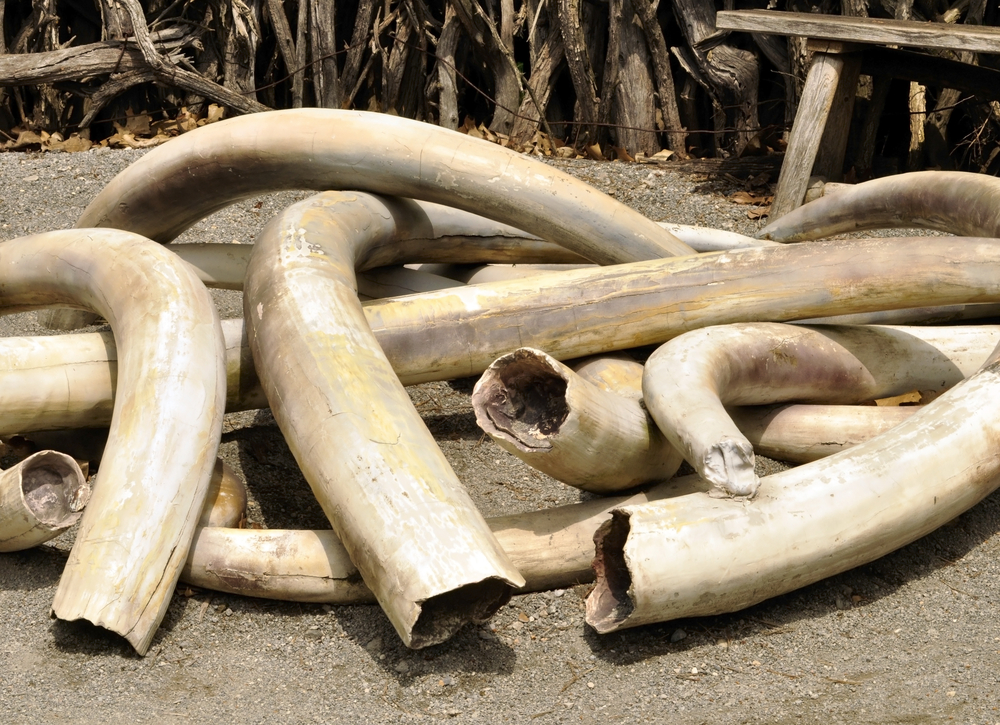
The Government of Kenya is preparing to destroy a 106 tonne stockpile of ivory next week in a high-profile international event, which conservation charities hope will prove a significant stepping stone towards ending all ivory trade and the poaching epidemic that feeds it.
The Kenyan Government’s ivory burn will follow the Giants Club’s two-day wildlife summit in Laikipia, at which African heads of state are due to discuss combating the illegal ivory trade in one of the biggest government-led conservation conferences in the continent’s history.
Mary Rice, Executive Director and Team Leader of the Environmental Investigation Agency’s (EIA) Elephants Campaign, said: ‘Zero trade is a crucial step towards achieving zero poaching and Kenya is sending an unequivocal message to the major consumer markets of China and Japan that ivory has no place or value anywhere other than on living elephants.’
‘Pro-trade interests would have us believe that consumer demand can be satiated with stockpiled ivory supplying the market for a legal ivory trade, controlling prices and putting criminals out of business—but this deluded solution doesn’t stand up to the slightest scrutiny.’
‘The 1989 international ivory trade ban was working, and working well, until parties to the UN Convention on International Trade in Endangered Species (CITES) were persuaded to undermine it by authorising ‘one-off’ sales, in 1999 and 2008. These served only to confuse consumers, stimulate fresh demand and provide a cover through which to launder black market ivory. This resulted in a swift and bloody spike in poaching which has made the past decade a catastrophe for elephant populations.’
EIA, which played an instrumental role in achieving the 1989 ban on international ivory trade, has long advocated that governments should consolidate, inventory and destroy ivory stockpiles after conducting appropriate forensic analysis and when it is no longer required for enforcement purposes.
Not only does public ivory destruction send a clear message to consumer countries that ivory has no legitimate value, disposing of stockpiled ivory plays a significant role in preventing corruption and facilitating leakage into illegal trade.
Since 2006, based on public records alone there’s been at least 11 incidents in nine countries (Botswana, Cameroon, Gabon, Mozambique, the Philippines, Tanzania, Uganda, the UK and Zambia) where ivory has been stolen from supposedly secure stockpiles; the weight of ivory stolen has ranged from 3.35kg to 3 tonnes.
